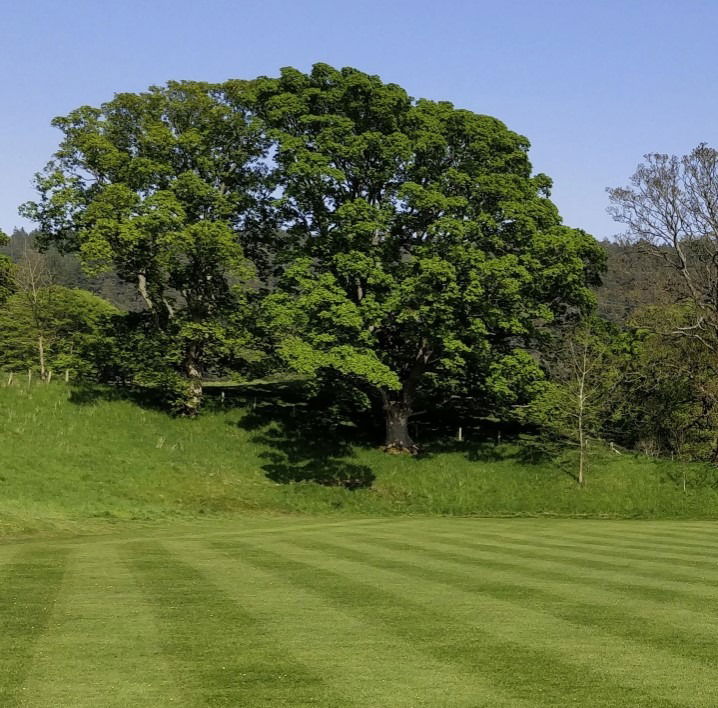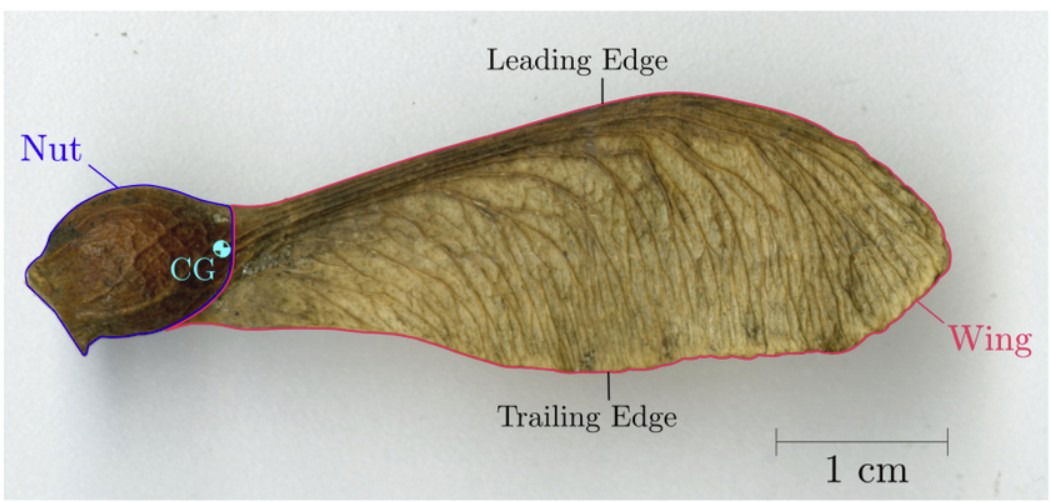July Tree of the Month: Sycamore
Sunday, 6 July 2025
Some trees are more equal than others...
Maybe it depends where they grow? Maybe it depends on how many films they have been in? Who knows. What I can tell you, is that this is one of my most favourite of all tree species. And this particular Standing person, is my favourite tree in Rothbury!

Sycamore in Haw Hill Graveyard, the Tree is recorded as a Veteran Tree.
Sycamore Gap
The attempted murder of this tree has provoked an outpouring of grief and and love from a great many people.
At the recent What a Wonderful World Festival, we enjoyed and delighted in hearing the poet and comedian, Kate Fox, perform her magnificent poem in the tree's honour.
"Kate's most recent collection, On Sycamore Gap, is a timely publication inspired by the shocking act of vandalism in 2023 that resulted in the felling of the world-famous tree that stood in a gap on Hadrian's Wall. Published on 26 September on the eve of the first anniversary of this criminal act, this beautifully produced chapbook is a must for all those who are still mourning the loss of the iconic tree. Kate's collection of beautifully crafted verse echoes in the empty space we now encounter and helps to fill the void with hope.
'It was a particularly shapely sycamore', she writes admiringly in the opening section of the book, revealing her love for the specimen. This is followed by a 13 line stanza in the style of fellow Northumbrian Basil Bunting whose epic modernist semi-autobiographical poem Briggflatts was inspired by a love affair with both the landscape of the North Pennines and a girl (called Peggy). Bunting's description of the natural cycle of the seasons and his conjuring of blood thirsty Viking war-lord Eric Bloodaxe prepares the reader for death, decay, change, transformation. Fox ventures into similar territory as she references Roman centurions, pagan rites, blood-letting, a water goddess, all evidenced through archeological finds in the vicinity of Housesteads and Carrawburgh."
On Sycamore Gap, by Julie Ward


Credits: Northumberland National Park photograph, and BBC Photograph.
(Extra)Ordinary Sycamore Trees

This splendid sycamore is at Rothbury Football Club's ground. She is a Veteran tree, and recorded on the Northumbria Veteran Tree Map.
Sycamore's scientific name is 'Acer Pseudoplatanus'. She is really a woodland tree. Not native, they were introduced into Britain in the 15th or 16th century.
These standing people easily became naturalised and produce wonderful 'helicopter' seeds (samaras) - many many of them. This delights all who like to throw them in the air, and watch them whiz down to the ground.
Sycamore are widespread and easily grow. Many people have to pull out the seedlings from their gardens, as they are so successful at planting themselves, with the help of the wind.

This image is from Research Gate, you can read about the flight of sycamore trees on their website.
Many of our kitchen tools and items are made from the wood of the sycamore. Also, it is a favourite wood for making toys.
From Forestry England:
Brought into England from France in the Middle Ages, the sycamore is a robust tree that can tolerate cold weather, exposure, sea spray and air pollution - making it suitable for all regions of the country.
It was often planted to shelter and shade farm houses and today its timber is valued for furniture making and fine joinery.
Sycamore facts and figures with a life span of a 400 years, sycamore (Acer pseudoplatanus) can grow to 35m.
Sycamore is very tolerant of sea spray and is often planted near the coast.
It is a broad tree with dense foliage.
Sycamore is native to mountainous areas of central and Eastern Europe.
Sacred Sycamore
Many myths surround the Sycamore, as they do around all our Standing People. Here is website you might like to look at, if you wish to know more about the Legends of Protection and Guidance, from the Sycamore.
She truly is a wonderful tree - and I hope you will look kindly on all of them.
You can hear about the Sycamore on Armstrong Park on the Tree Trail, as well as listen to John Homer's wonderful song about Lord Armstrong creating Cragside. (Which that particular tree will have witnessed).
